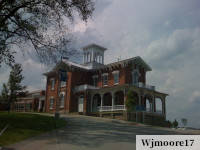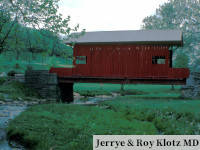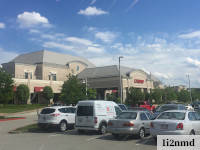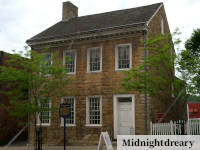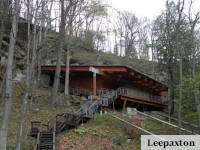Coal Mining
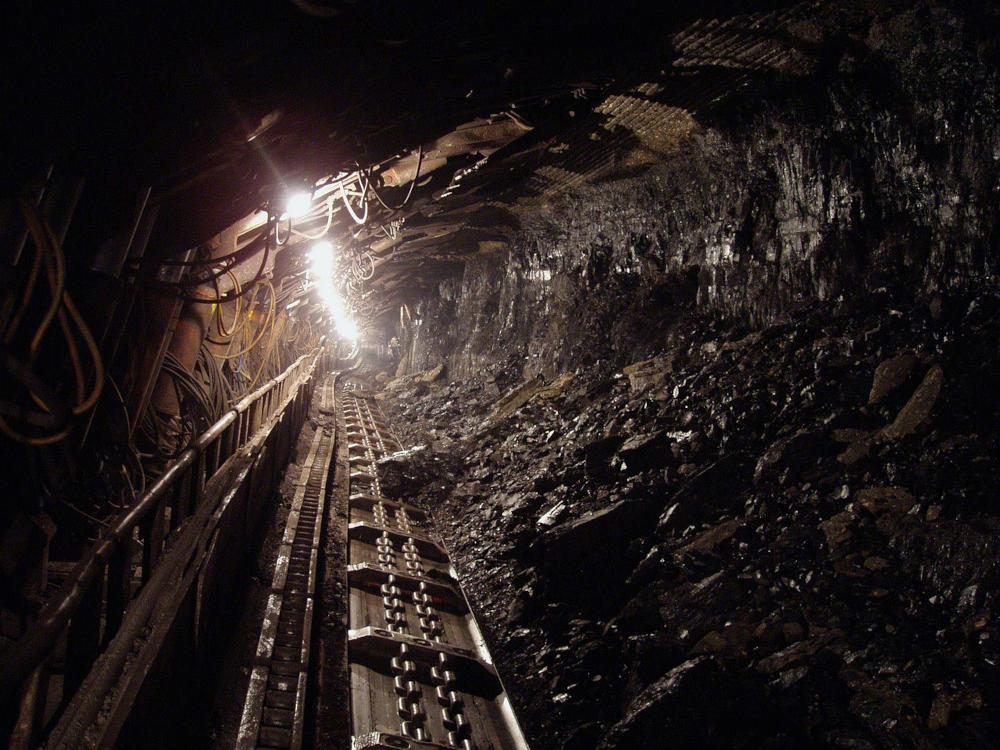
Coal has brought jobs and wealth to Washington County for two hundred years.
The county lies on the Allegheny Plateau. Millions of years ago it was a plant-filled swamp that was repeatedly buried underground, lifted up to grow again and buried once more until a lot of organic material was buried deep enough for heat and pressure to turn it into coal.
Transportation was key to unlocking the resource. What good is it to mine coal if it can’t be moved to where it’s needed? The opening of the National Road made it doable. As the Industrial Revolution transformed America, coal from this area was needed to make coke, which was used to manufacture the steel for the buildings and bridges that the growing economy needed.
During the 1800s and 1900s, local coal also generated electricity for American factories, shops and homes. Over two centuries, billions of tons of bituminous coal was mined from mostly western PA counties including Washington County. It’s been great for the growth of the national economy.
It’s been great for Washington County, too. Coupled with the boom of the Washington oil field, it led to the growth of downtown Washington. It provided the fuel that led to many glass factories locating in Washington, including the Duncan & Miller Glass Company. There’s a museum for that.
The mining and burning of coal hasn’t been so great for the environment. Drainage of acidic water from underground mines can harm wildlife. Burning coal releases emissions that lead to acid rain, smog, respiratory illnesses and ling disease. Years after the coal is gone, abandoned mines can collapse, causing subsidence that ruins houses or other structures.
Coal proved a mixed blessing for the miners and their families, as it provided jobs that were dirty and dangerous. During the 1800s, men used dynamite, pickaxes and hand drills to mine coal.
The Marianna Mine, located in southern Washington County, was built to be the safe. It was a year old when a blast erupted far underground, killing 152 miners. More than 100,000 American miners died on the job in the 1900s, while survivors were commonly afflicted with black lung disease.
The Greene County Coal Miners Memorial memorializes 37 miners who died in a brutal underground explosion near the Frosty Run Shaft of U.S. Steel’s Robena Mine in Carmichaels, PA in 1962. The Robena Mine was also thought to be safe.
Workers organized the United Mine Workers for better wages, shorter hours, an end to child labor in mines, and health and retirement benefits.
The National Road gave way to railroads for coal transportation. More railroads meant more mines could open. The opportunities brought immigrants to the area from eastern and southern Europe. At the peak of coal mining there were dozens of coal towns in the area. Smaller coal seams gave out. Mines closed. People found other employment or moved out of the area.
Many coal mines in Washington County have been exhausted and abandoned. The Pennsylvania Mine Map Atlas provides insights into how many former mines there are in the area.
Coal mining is still active in Washington County at the Pennsylvania Mining Complex, which is located at the border of Washington & Greene Counties next to West Virginia. It’s several times larger than the island of Manhattan. It is a highly productive longwall mining operation.
Pennsylvania remains a big coal-producing state. Most people just don’t see it in their everyday life. People can get an idea of what’s involved in coal mining by watching a virtual exhibit of a coal mining operation displayed at the The National Pike Steam, Gas and Horse Association shows in May and August.
This article was published in


